
Enjoy our content? Make sure to set Android Central as a preferred source in Google Search so you can stay up-to-date on the latest news, reviews, features, and more.
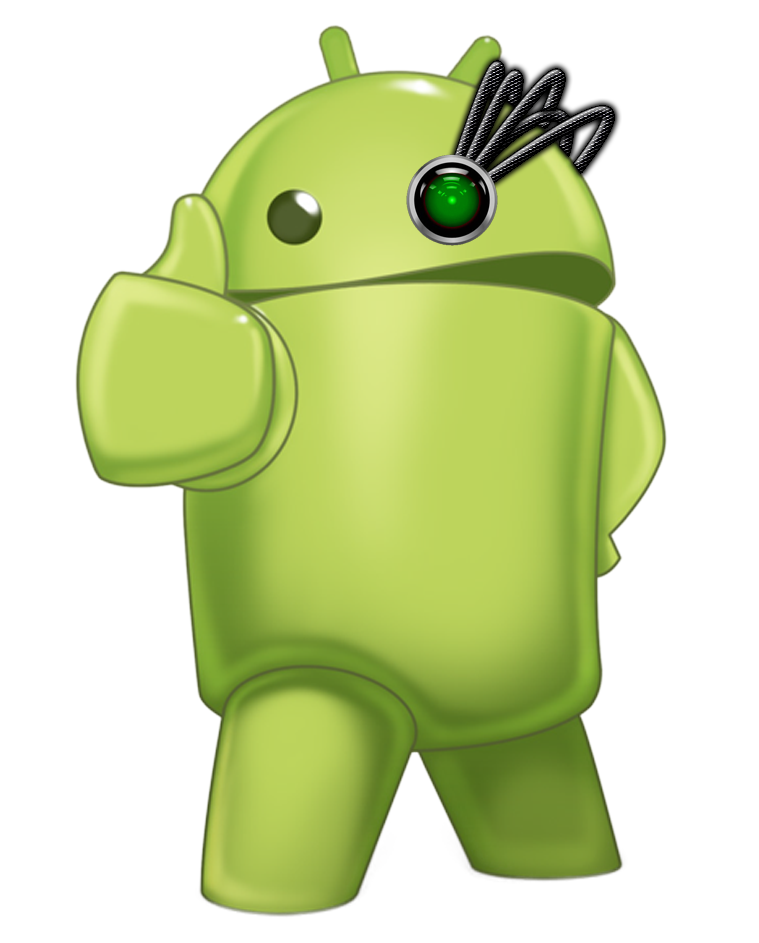
In Hardwired, AC Senior Editor Harish Jonnalagadda delves into all things hardware, including phones, audio products, storage servers, and networking gear.
I've had a busy month of travel where I've been to three countries and logged over 60 hours of flying time. A good headset is a must-have, and is usually one of the first things that goes in my travel bag. I used Nothing's Headphone 1 in the past (mostly due to the looks and sound quality), but I upgraded to Bose's QuietComfort Ultra Gen 2 in the last month, and it has been outstanding.
I used the earlier model, the QuietComfort Ultra, for quite a while now, and I like the design and customizable sound along with terrific noise isolation. The QuietComfort Ultra Gen 2 doesn't change things too much; it looks the same and has the same great sound. Essentially, it's an iterative update that addresses two issues: audio over USB-C and battery life. The QC Ultra Gen 2 lasts up to 30 hours on a charge, six hours more than its predecessor.
The increase in battery life makes all the difference in regular use, and why I went with the QC Ultra Gen 2 over other headsets I have on hand. Notably, I found it to be better than the Sony WH-1000XM6 for my own use; it is a smidgen lighter at 250g, but it fits much better on my head, and I found it to be extremely comfortable on long-haul intercontinental flights. The headband has a good range of adjustability, and it distributes the weight of the headset evenly.

Another plus point is that it doesn't take up as much room; it folds down flat (just like the Sony), but the carrying case isn't anywhere as large, and that makes the QC Ultra Gen 2 a little easier to slot into my admittedly-crowded tech bag. The clamping force isn't as high, and the comfortable fit and plush ear pads have a huge impact on a 20-hour flight. I had the headset on the entire time while traveling to the U.S. from India, and most of the time, I didn't even notice it was there.
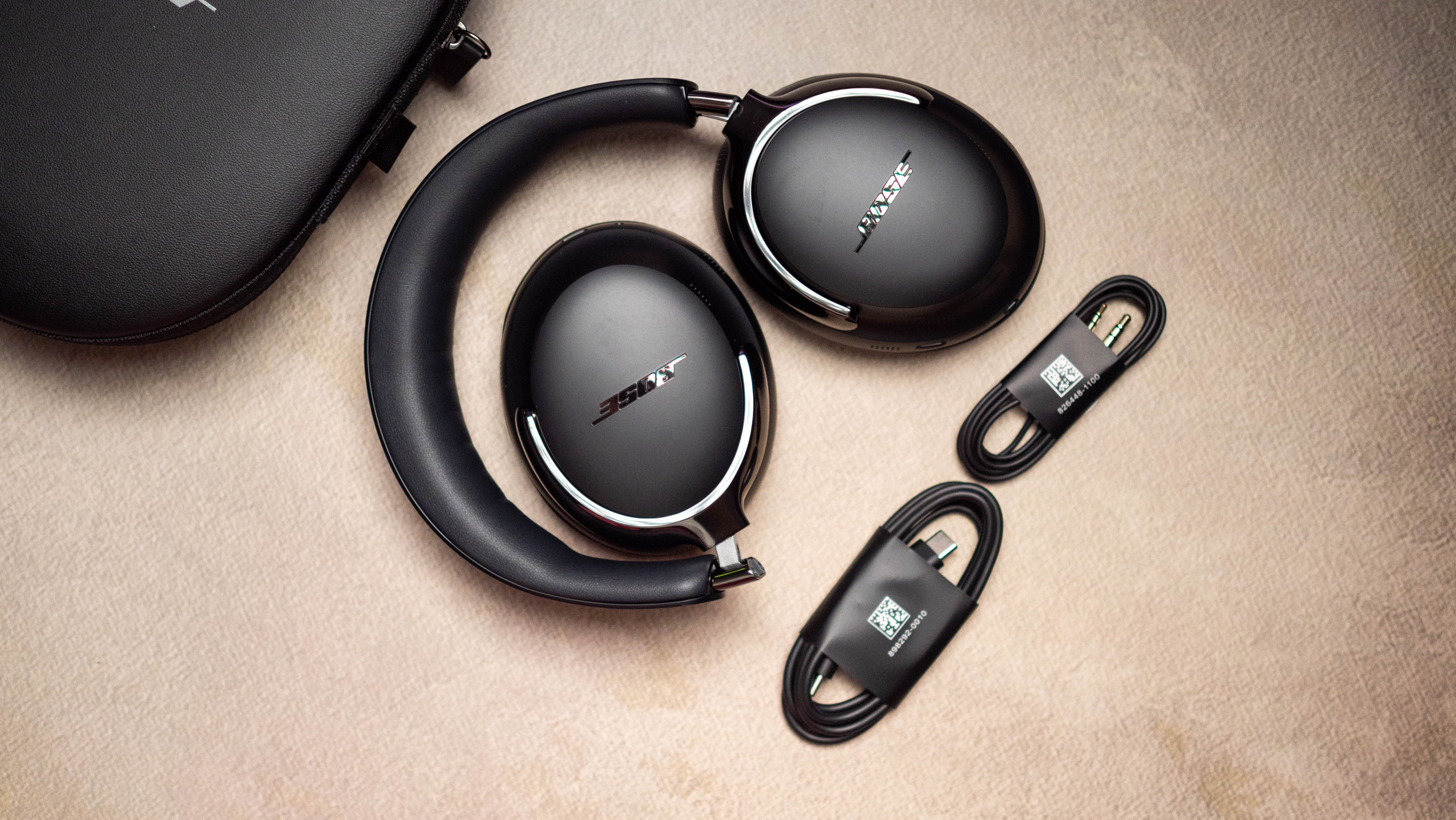
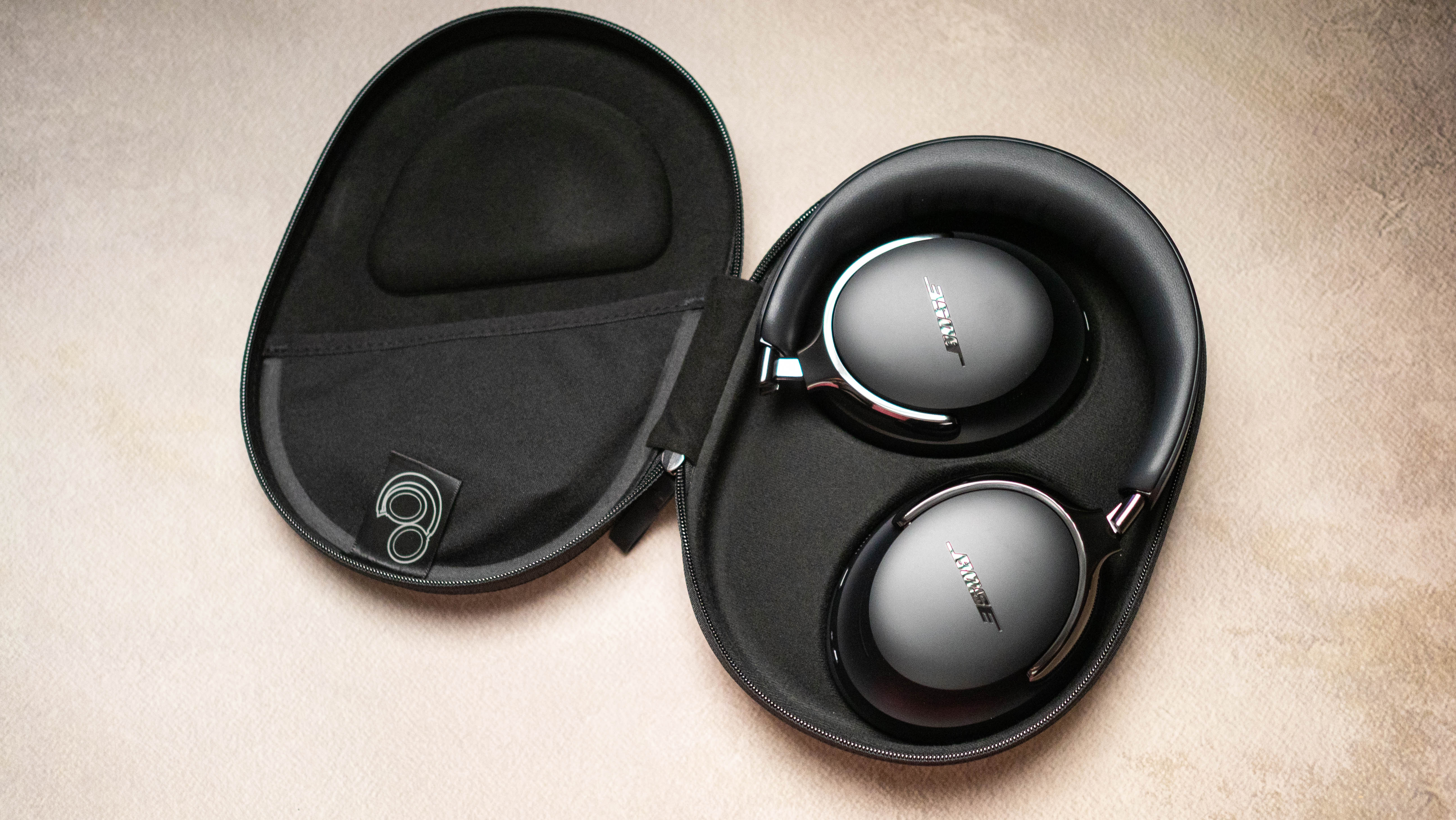
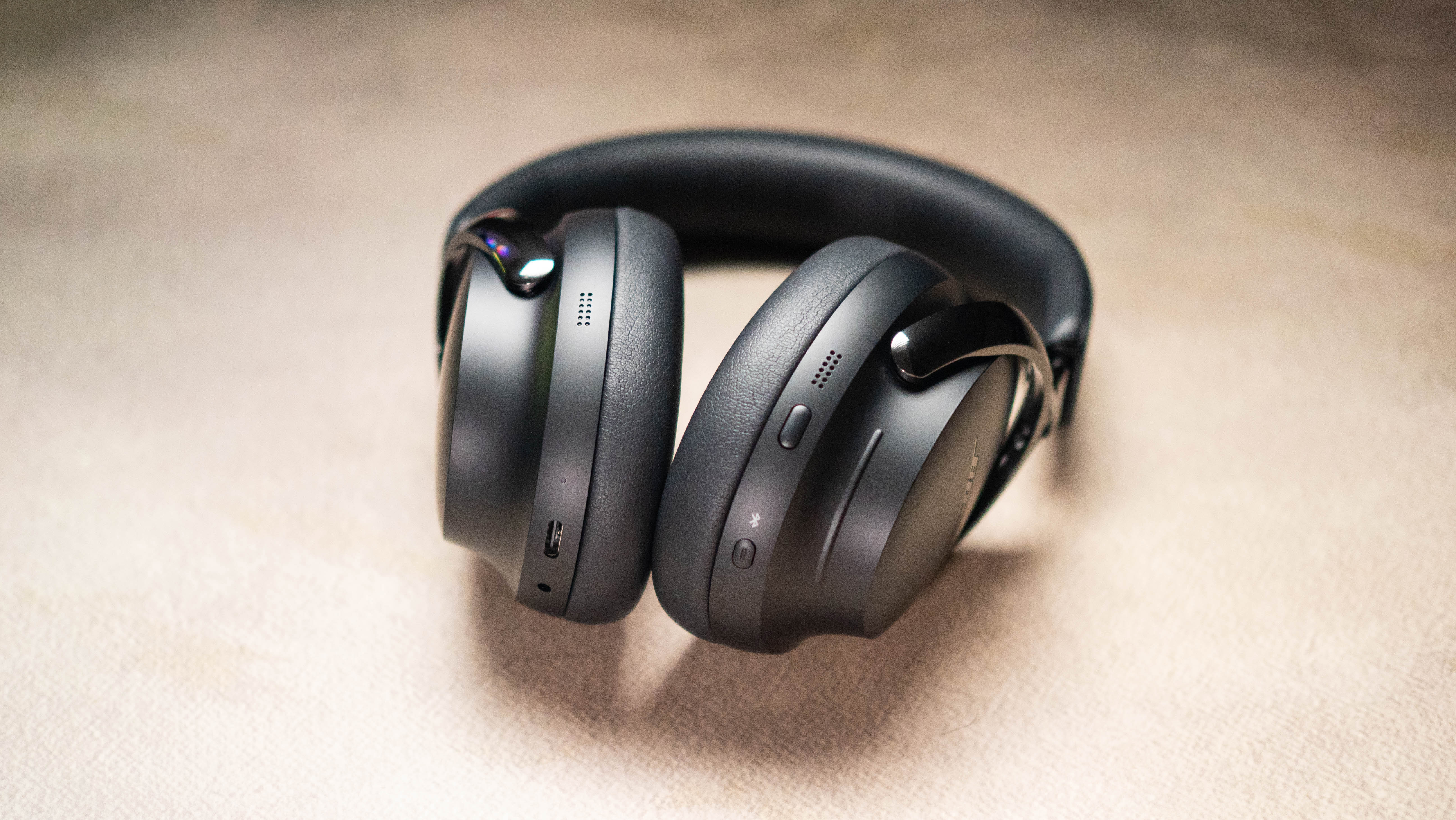
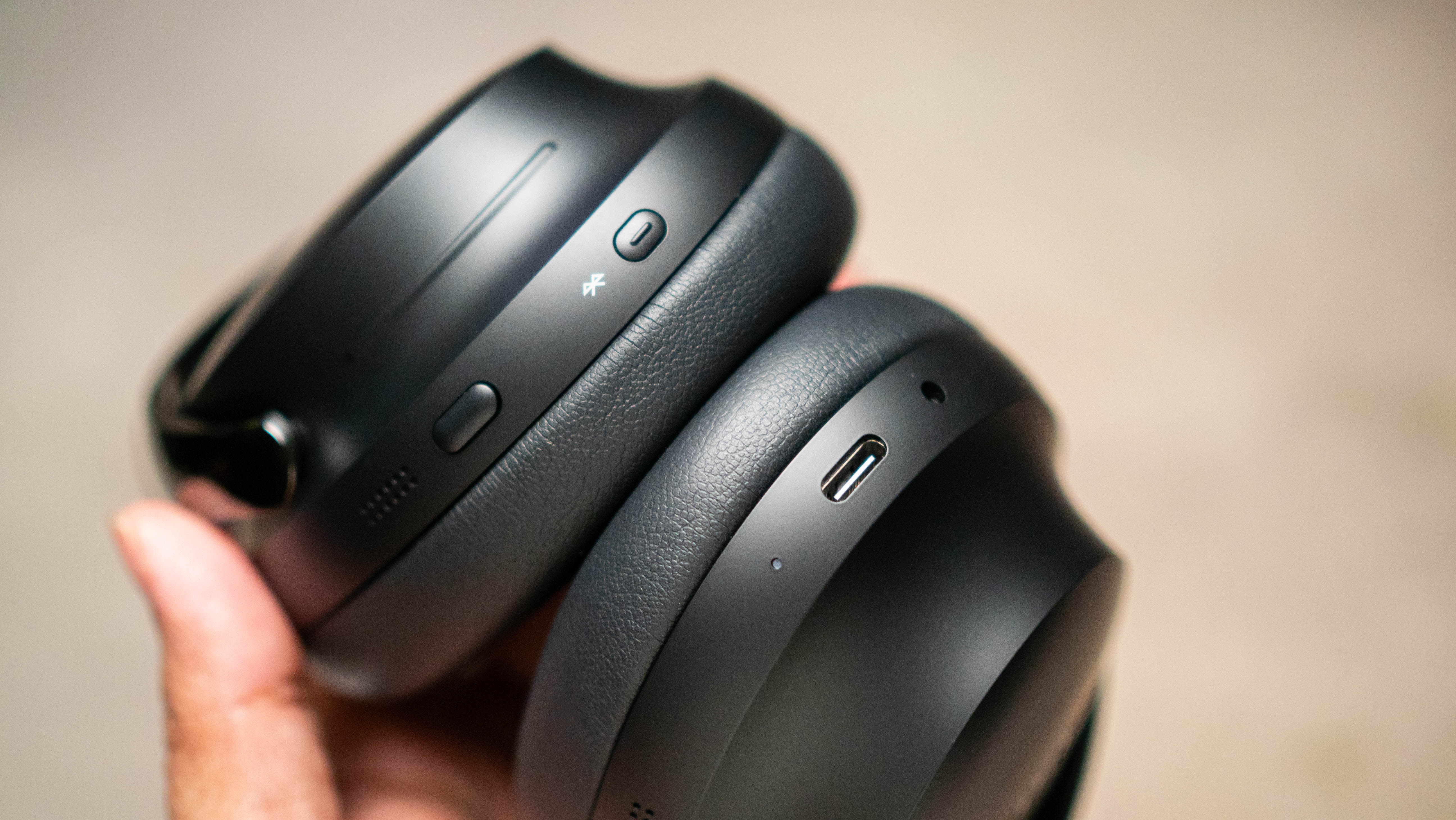
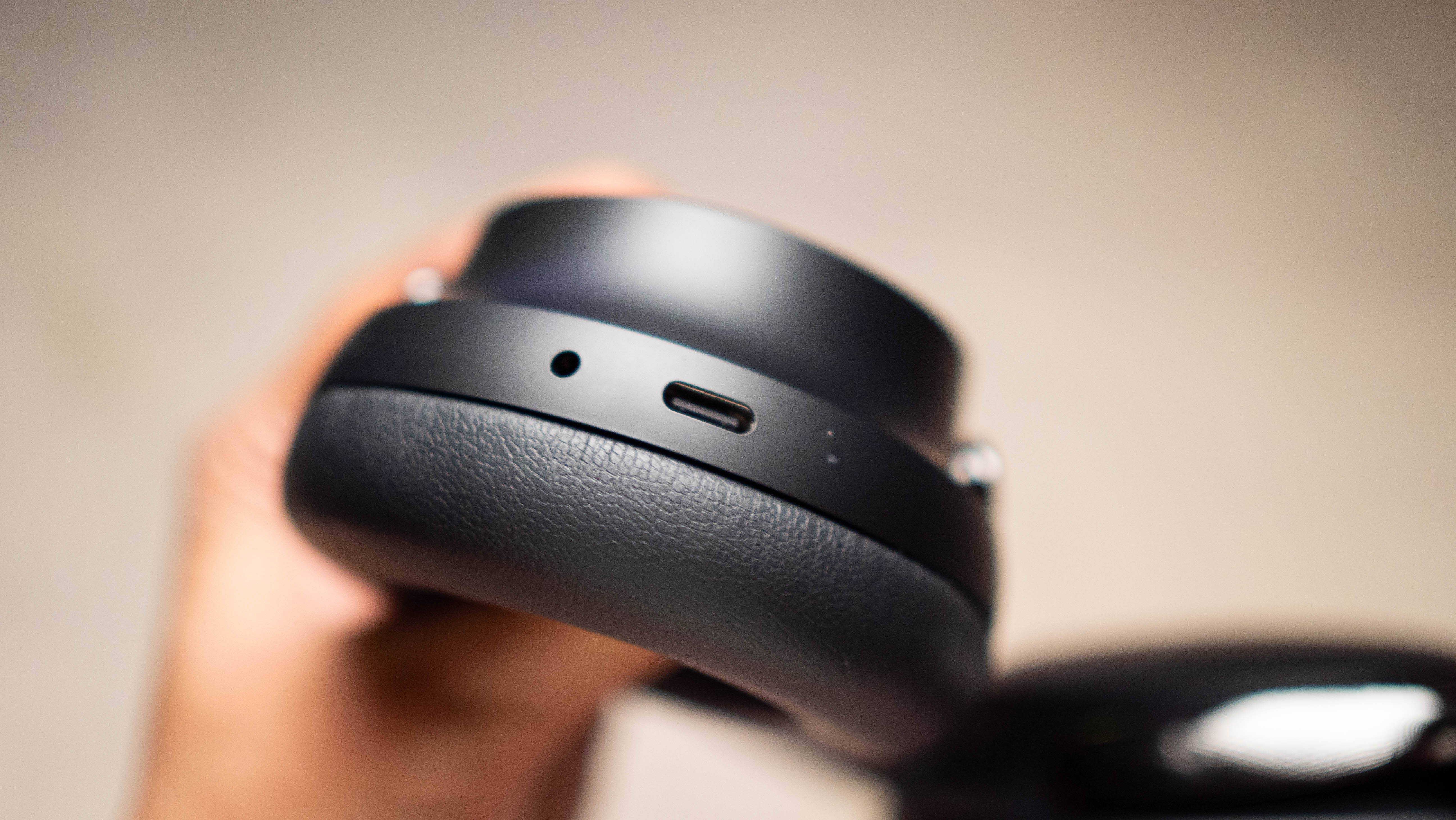
That brings me to the next part: noise isolation. Both Bose and Sony do a brilliant job in this area, and I found the QC Ultra Gen 2 to tune out the incessant whine of jet engines without any problems — it handles the low rumble of engines a little better than Sony. Honestly, if you're a frequent traveler, investing in a headset with good noise isolation is the best thing you can do, and the QC Ultra Gen 2 is among the best — if not the best overall — in this regard.

The angled design of the audio drivers means you get detailed sound, and Bose does a standout job with spatial audio, offering an expanded soundstage that's impressive. Again, this makes a difference on a long flight, and while Bose doesn't have extensive EQ options, I always found the brand's tuning to be preferable to my tastes — more so than the WH-100XM6. The bass in particular is vibrant and detailed, and it makes listening to most genres that much more enjoyable.
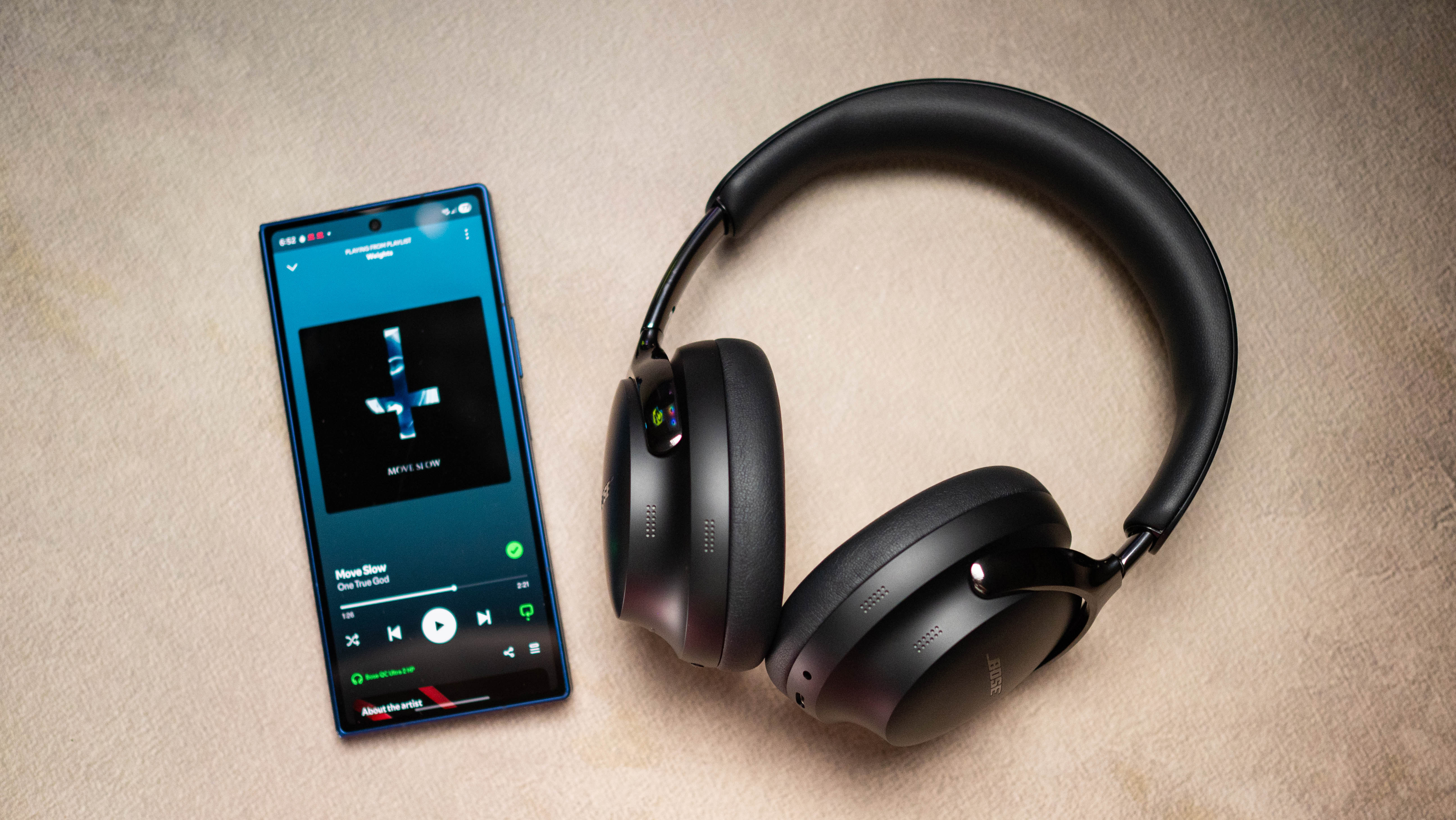
There are other niceties, including the ability to get lossless audio over USB-C. This isn't something that I care about while traveling, but it is quite handy while I'm home, and it was fun connecting the headset to my Fiio K19 DAC and listening via Roon. The headset gets the AptX suite as standard, and I didn't have any issues using it with my Vivo X300 Pro and Find X9 Pro. Like all other Bose headsets, it gets the ability to connect to two devices, and switching between the two is effortless.
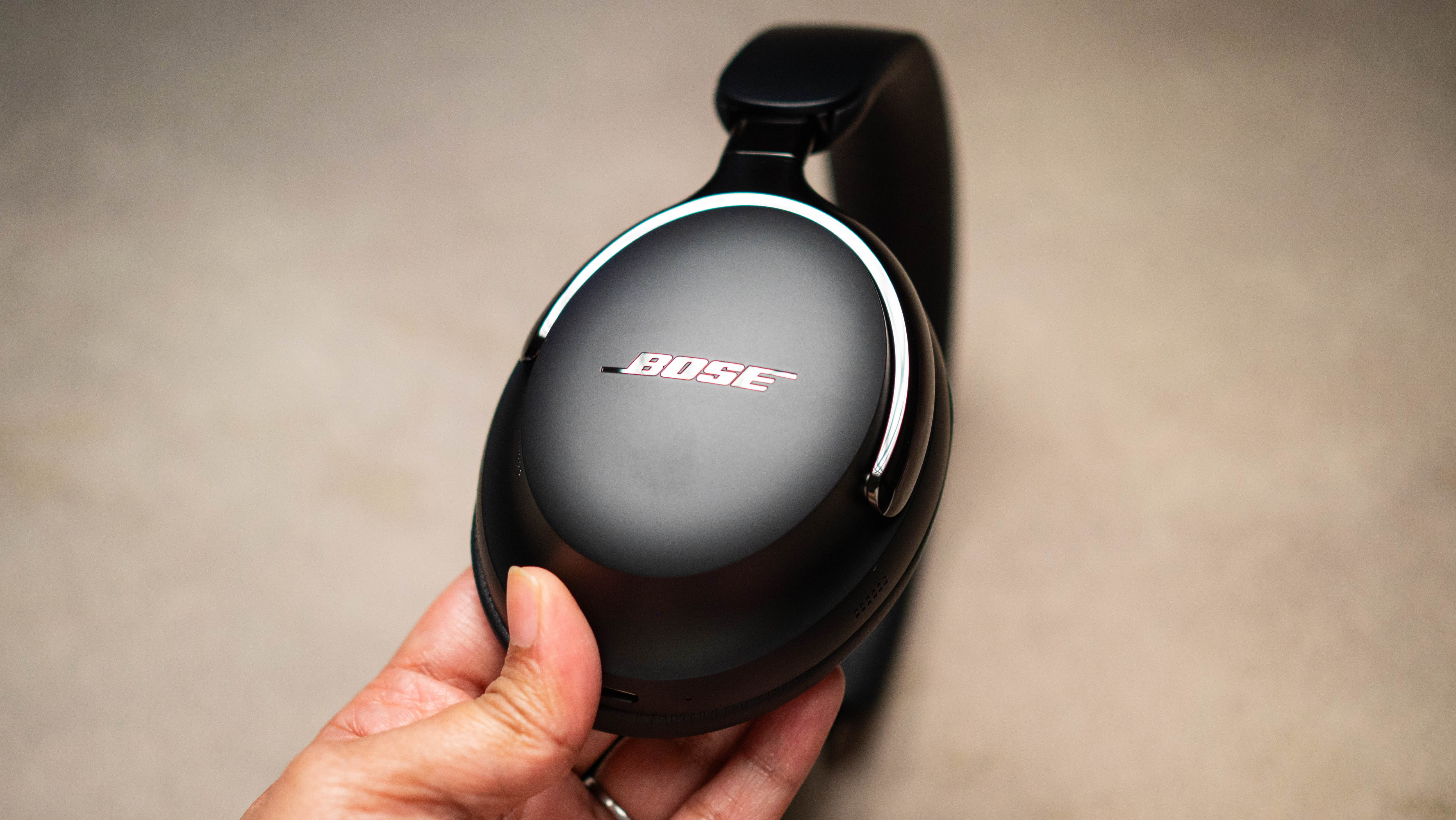
I didn't see any problems with Bluetooth connectivity, with the headset easily pairing to all the phones I tested over the course of the last month, as well as my iPad Pro M4. It's easy to connect the headset to a new device as well; the details are stored in your Google account, so when it is in range of a new device, you automatically get a dialog box asking if you'd like to connect to it.
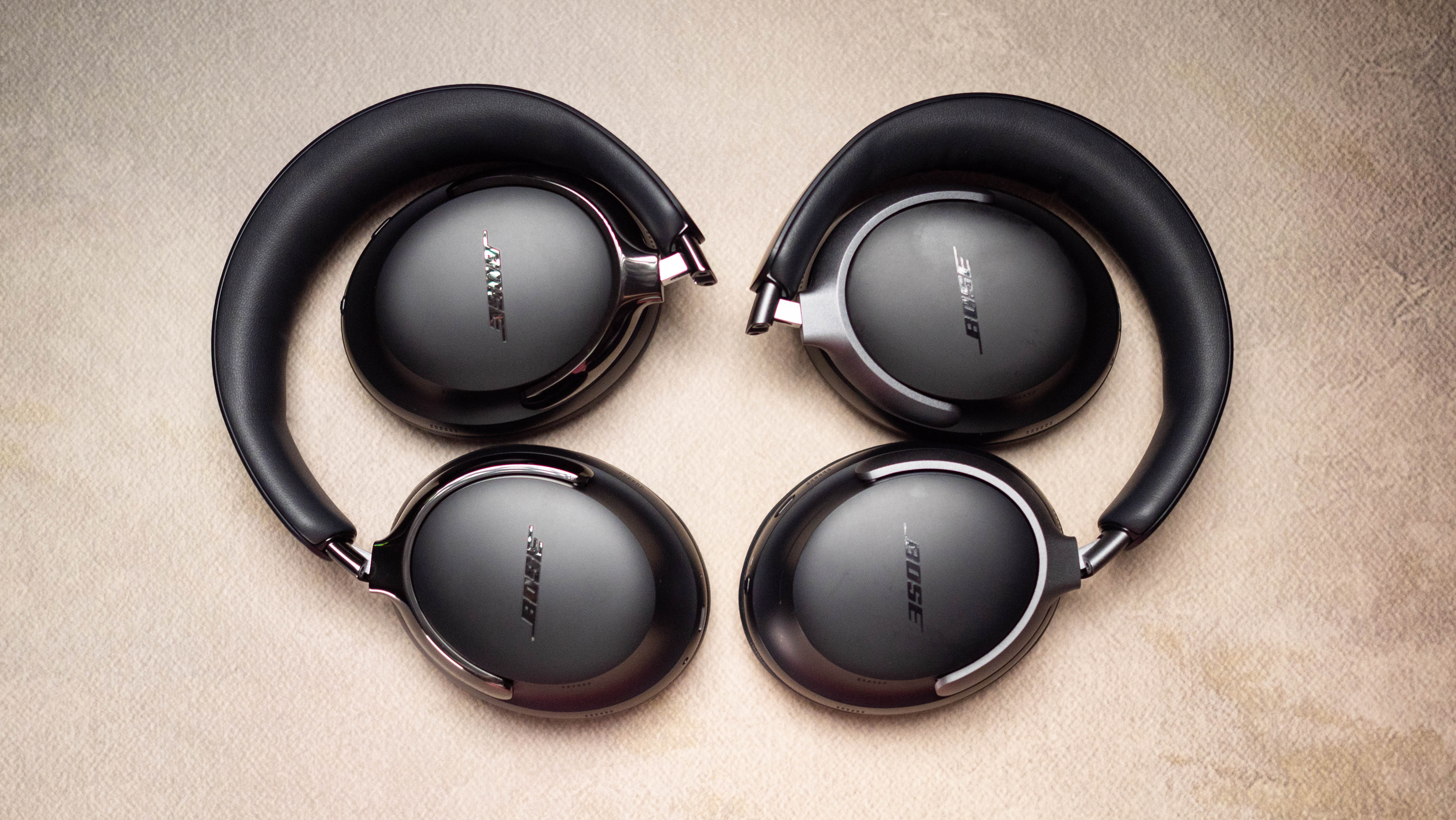
Then there's the battery life; this is where the QC Ultra Gen 2 does considerably better than its predecessor. The WH-1000XM6 still has the overall edge, but I didn't have any issues getting the QC Ultra Gen 2 to last close to 30 hours. Thankfully, fast charging is intact, so a 15-minute charge gives you an additional two hours of music playback, and that definitely comes in handy.

Comfort plays a big role when choosing a travel headset, and the QuietComfort Ultra Gen 2 gets everything right in this area — and that's why I use it over the WH-1000XM6. The sound quality is among the best of any headset, and it holds up to the rigors of long-haul travel. While I'll admit that the WH-1000XM6 is great in its own right, I found the QuietComfort Ultra Gen 2 to be better-suited to my needs, and it is now a mainstay in my travel bag.
With supreme comfort and standout sound quality, Bose's QuietComfort Ultra Gen 2 is the travel headset to beat.







